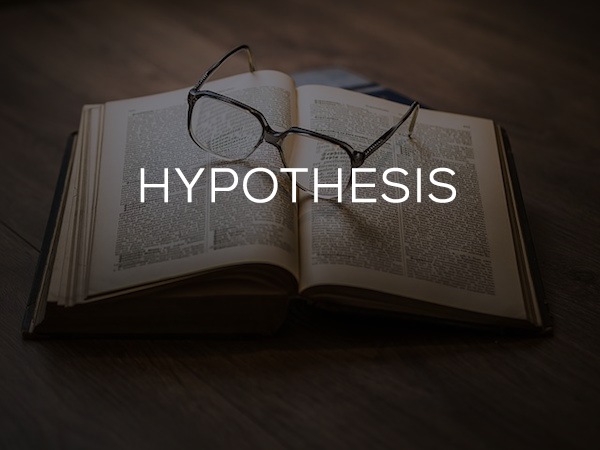
How people use it: To mean an educated guess.
What it really means: A proposed explanation for something that can be tested.

How people use it: To mean a possible explanation for something.
What it really means: An explanation of some part of the natural world which has been repeatedly supported by tests and experiments.

How people use it: Instead of the term quantitative (measured by quantity).
What it really means: Based on observation or experience.
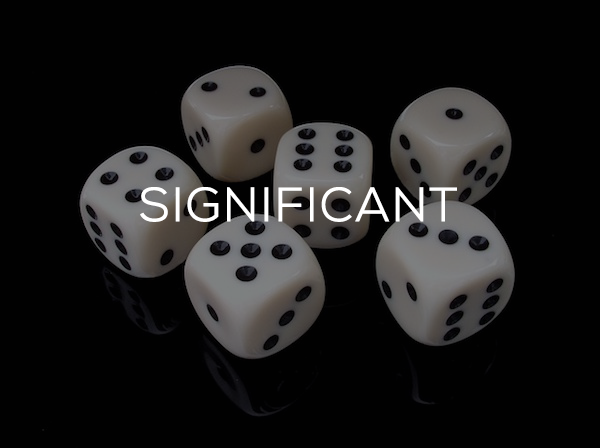
How people use it: To mean important or noteworthy.
What it really means: A result is unlikely to occur by random chance.
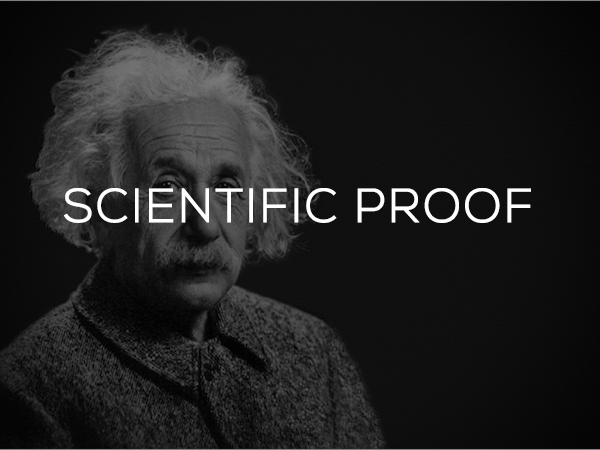
How people use it: To mean evidence that something is definitely true.
What it really means: It’s actually a made up term. Only mathematicians and logicians prove things. Scientists don’t consider anything proven, because any idea in science could be overturned with new evidence.
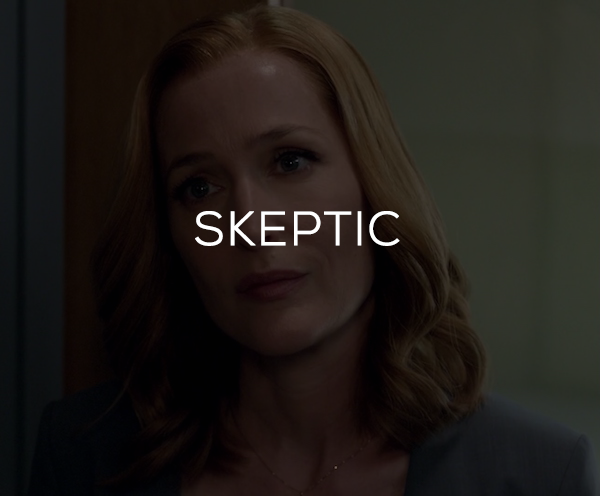
How people use it: To refer to anyone who doesn’t believe a theory.
What it really means: Someone who is open to scientific evidence and willing to assess it with as little bias as possible.
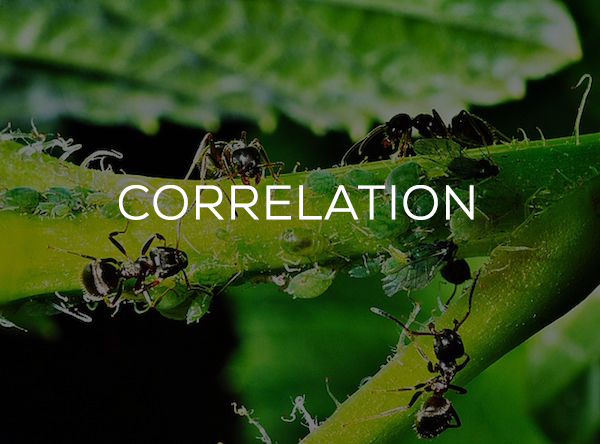
How people use it: To indicate that one thing causes another.
What it really means: That there is a relationship between two things. There may be a correlation between heavy drinking and depression, but that does not necessarily mean drinking causes depression.

How people use it: To mean healthy, or perhaps organic.
What it really means: Anything that exists in nature without humans creating it.

How people use it: To refer to food that is grown without pesticides.
What it really means: Carbon-based.
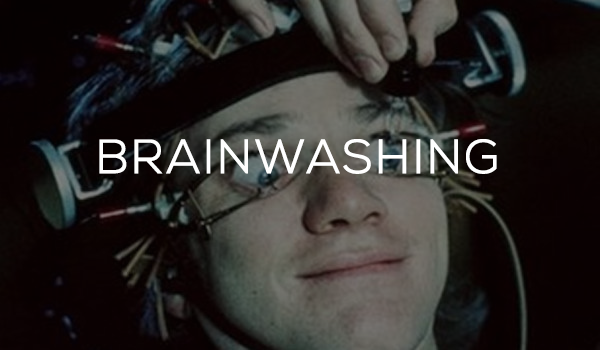
How people use it: To refer to the process by which a person in power changes the beliefs of people over which they have power.
What it really means: Standard “brainwashing” techniques are no different from any other methods of persuasion, such as creating source credibility, creating the illusion of group consensus, and encouraging commitment to goals.

How people use it: To refer to the state people enter when they are hypnotized.
What it really means: This one is also a made up term. People who are hypnotized don’t go into a trance; their mental state is remarkably similar to regular consciousness.

How people use it: To refer to a machine that can tell when someone is lying.
What it really means: The device should really be called an arousal detector. A polygraph detects signs of physical arousal, but cannot tell for sure when someone is lying.
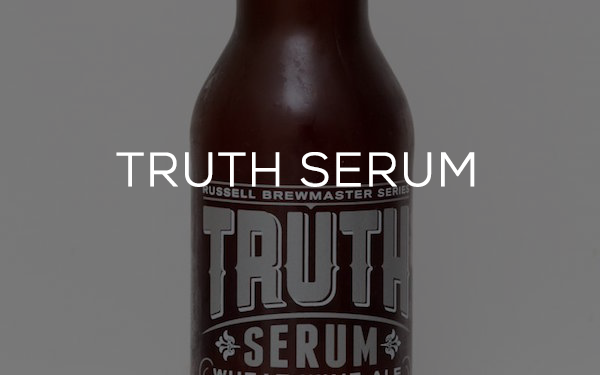
How people use it: To refer to a substance (usually sodium amytal) which will make a person tell the truth.
What it really means: It’s actually a misnomer. The so-called truth serums do not guarantee that a person will tell the truth, and are actually likely to make someone recall false memories.
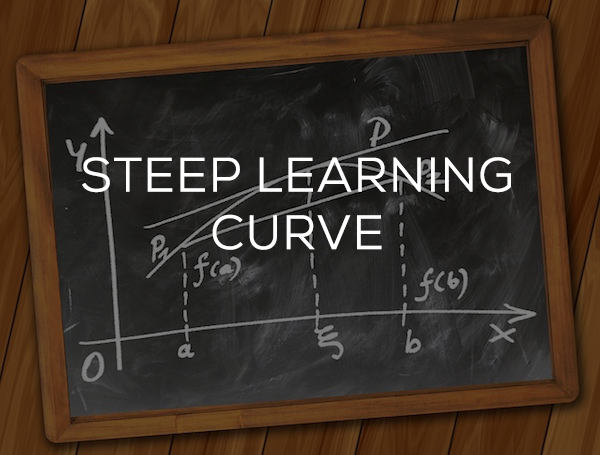
How people use it: To refer to something that will be very difficult to learn.
What it really means: If a learning curve is actually steep, it means that less time will be required in order to absorb all the knowledge.

How people use it: To refer to a psychological condition that causes multiple personalities.
What it really means: A psychological condition in which someone experiences hallucinations and paranoia.

How people use it: To refer to a mental state in which a person refuses to admit they have an addiction.
What it really means: An unconscious refusal to acknowledge facts of reality, like the death of a loved one.

How people use it: To refer to any weird sexual preference.
What it really means: Persistent, intense, and crippling sexual arousal derived from non-genital body parts or inanimate objects.

How people use it: To refer to wellness practices like meditation and yoga which unite the body and mind.
What it really means: It’s a misleading term because it implies that mind and body are separate, when in fact the mind is a part of the body.

How people use it: To refer to different classifications of personalities, usually Type A and Type B.
What it really means: There is no scientific basis for putting people into Type A or Type B categories. These “types” are entirely culturally constructed, and insufficient to describe the wide range of personality traits that people have.

How people use it: To mean inherited from your parents.
What it really means: Of or relating to the genes, i.e.: All cancers are genetic, because they are caused by gene mutations, but very few of those mutations are inherited.
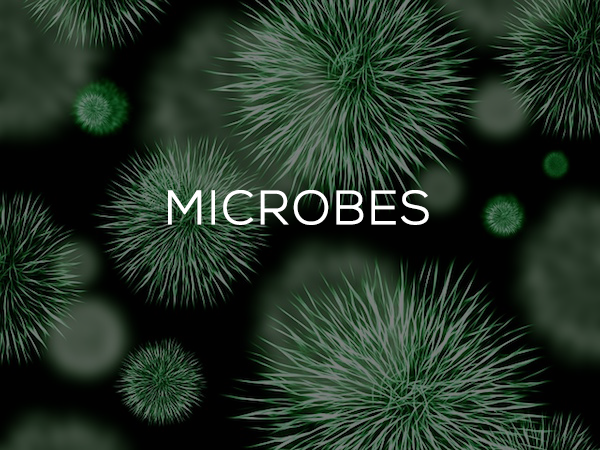
How people use it: To refer to microscopic organisms that make you sick.
What it really means: Bacteria, viruses, fungi, and protozoa that are microscopic, but not necessarily harmful.
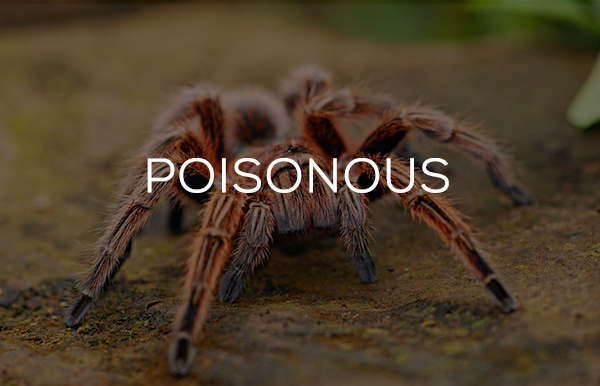
How people use it: To refer to spiders (or other biting sources) that inject toxins into your blood stream.
What it really means: Poison is ingested, inhaled, or absorbed through the skin. Spiders that bite are venomous, not poisonous, because they inject the toxin with fangs.
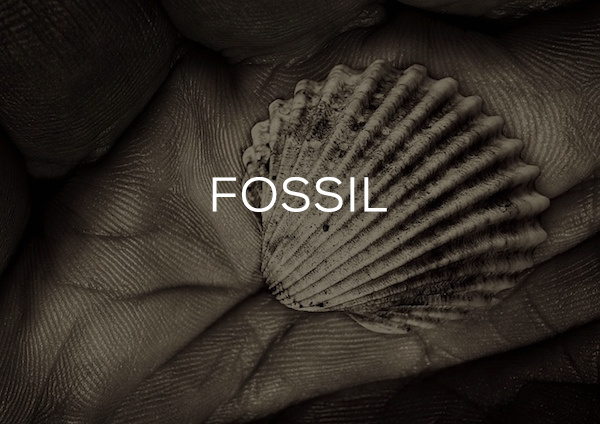
How people use it: To refer to an animal bone that was preserved in rock.
What it really means: Any trace of an organism – including bones, teeth, soft tissue, footprints, and nests – that is at least 10,000 years old.
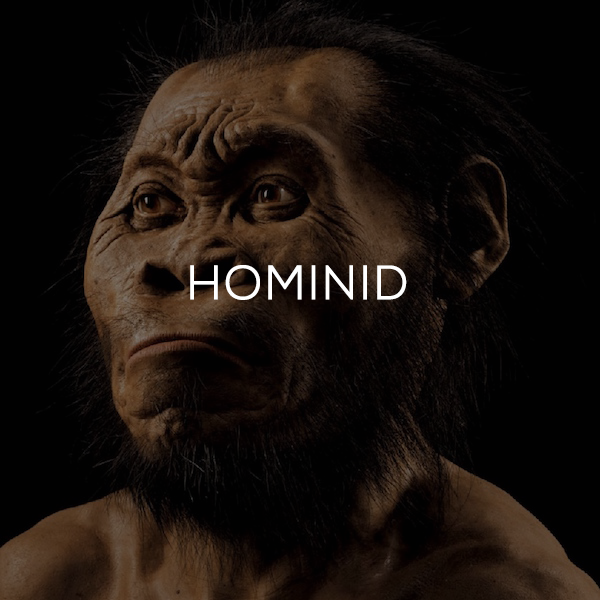
How people use it: To refer to humans and their ancestors.
What it really means: Humans and great apes and all their ancestors.

How people use it: To refer to the thing that wiped out the dinosaurs.
What it really means: An object made of rock and metal that orbits the sun. A rock that actually makes it to the Earth’s surface is a meteorite, not an asteroid.

How people use it: Huge, as in a “quantum leap.”
What it really means: The smallest indivisible unit of energy.

How people use it: To mean extremely large, rapid growth, or increasing by powers or 2 or 3, and so on.
What it really means: Something is growing at a rate proportional to its size.
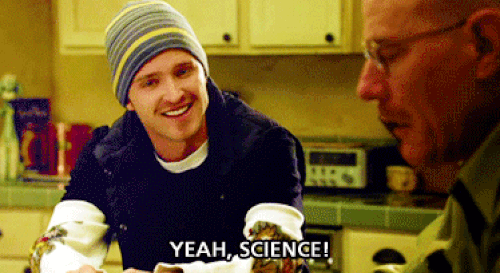
 Barnorama All Fun In The Barn
Barnorama All Fun In The Barn